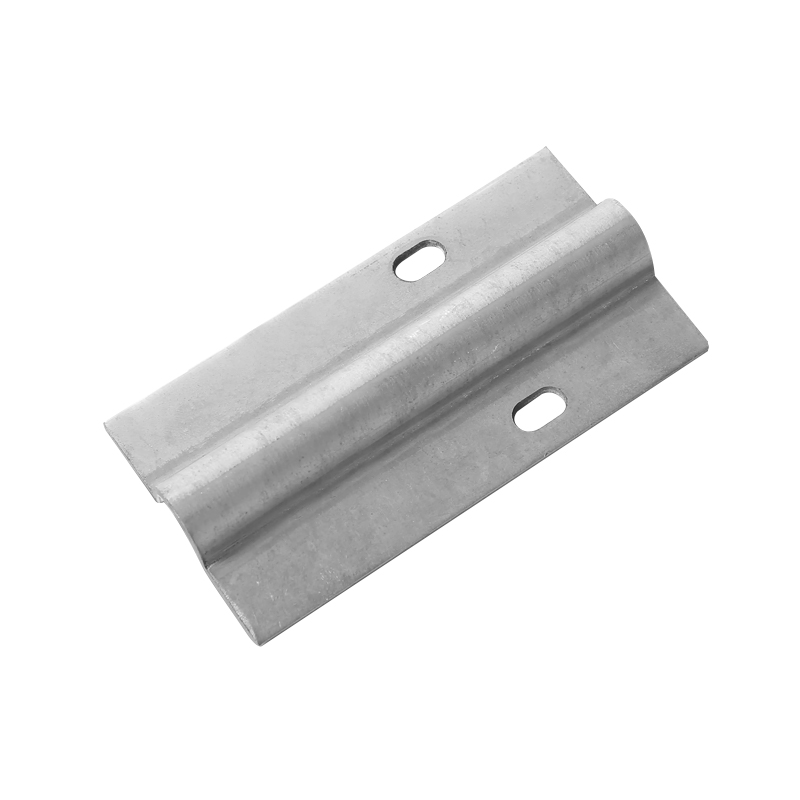No. 200 Gaoxin RD, Shanghua St, Lanxi, Zhejiang, P. R China
The High Precision Straight Teeth Rack Pinion Gear is a critical compo...
See DetailsCantilever sliding gate tracks are a distinctive design in sliding gate systems, characterized by the absence of a ground track beneath the gate. Instead, the gate is supported by rollers and a cantilever beam that extends beyond the gate's width, balancing the gate's weight on one side. This design delivers several significant benefits.

One of the primary values of cantilever sliding gate tracks is their suitability for uneven or obstructed ground surfaces. Since there is no track on the ground to guide the gate, the system avoids problems caused by debris, dirt, snow, or uneven pavement, which can obstruct or damage traditional ground tracks. This feature makes cantilever gates particularly useful in industrial sites, rural areas, or locations where maintaining a clean or level track is difficult.
Furthermore, cantilever sliding gate tracks provide smoother and quieter operation. The gate rolls on rollers attached to posts or columns, which reduces friction and wear compared to rail systems where the gate slides on a track exposed to the elements. This design typically results in less maintenance since there is no ground track to clean or repair regularly.
Another important aspect is enhanced durability. Because the gate is supported by rollers and a counterbalance mechanism rather than sliding on a ground rail, cantilever systems often experience less structural stress. This can increase the overall lifespan of the gate and reduce long-term repair costs.
Additionally, cantilever sliding gates offer greater security. The absence of a ground track prevents potential intruders from lifting or disengaging the gate easily. This makes cantilever gates a preferred choice for high-security facilities and commercial properties.
While automatic gate rail tracks are a common and often cost-effective solution for sliding gates, they present certain shortcomings that can impact performance, maintenance, and longevity.
One notable limitation of automatic gate rail tracks is their vulnerability to environmental conditions. The rail is typically installed on the ground, making it susceptible to accumulation of debris such as dirt, leaves, snow, and gravel. This accumulation can obstruct the smooth movement of the gate, causing it to jam or operate unevenly. Frequent cleaning is required to maintain function, increasing maintenance efforts.
Another challenge is the potential for track damage. Ground rails are exposed to physical impacts, including from vehicles or heavy equipment passing nearby, which can cause bending or misalignment. Such damage compromises the gate's operation, often requiring repairs or replacement of the rail.
The reliance on a fixed ground track also limits adaptability to uneven or rough terrain. If the installation site has ground irregularities, the track must be leveled and maintained carefully to avoid operational problems. This can increase installation complexity and costs.
Automatic gate rail tracks can also produce noise during operation, as the gate wheels roll over the metal rail. This noise may be a concern in residential or quiet commercial environments.
In terms of security, rail tracks may be less robust compared to cantilever systems. The ground track can be vulnerable to tampering or obstruction, potentially compromising gate function or allowing unauthorized access.
Lastly, rail tracks tend to wear over time due to constant contact with the gate wheels and exposure to weather conditions. This wear necessitates periodic inspection and replacement to maintain gate performance.